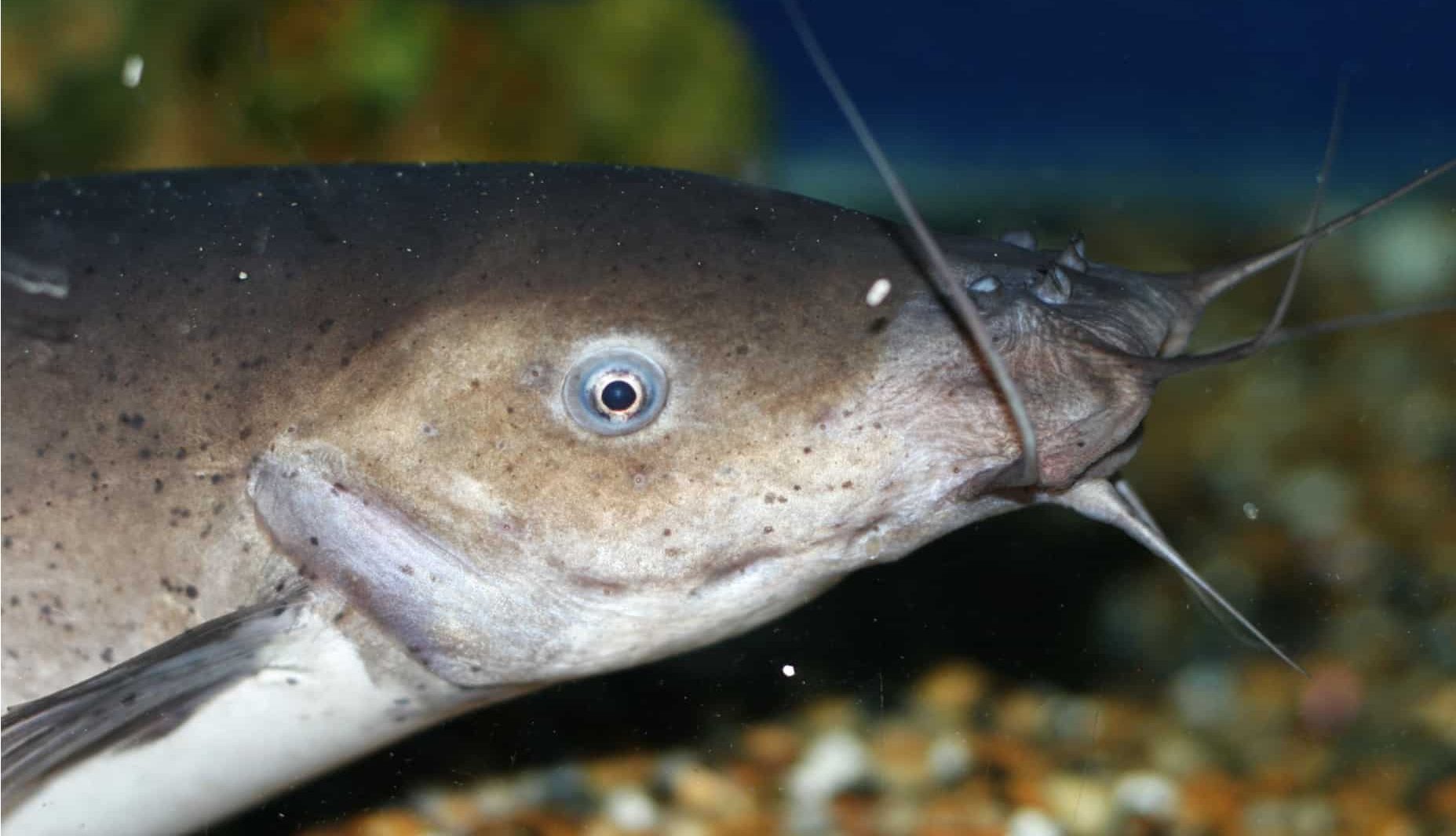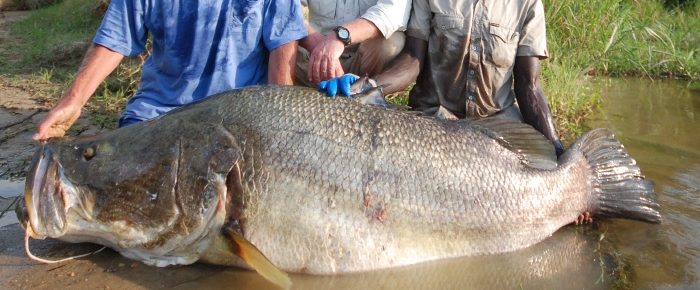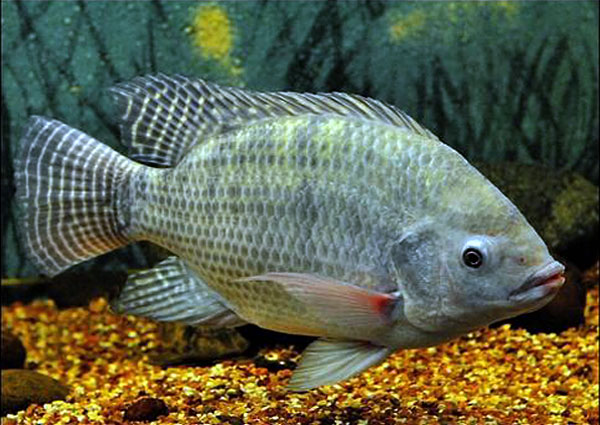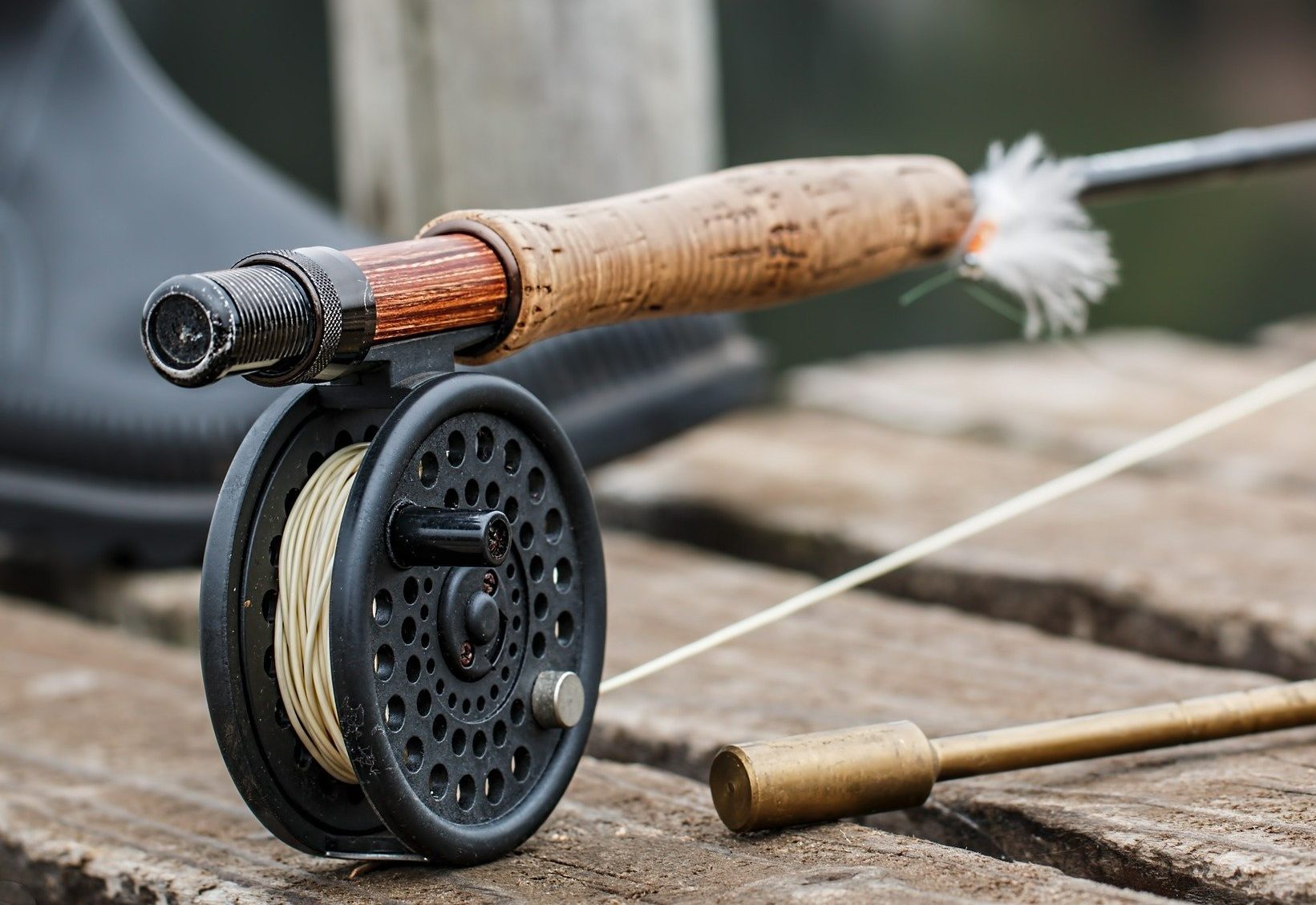Overview
Fishing in Murchison Falls National Park is mainly done as a sport. This is why it is sometimes referred to as sport fishing. This activity is one of the many exciting ones that one can engage in while visiting the park, others being a boat cruise, the top of the falls experience, game drives and so on.
Sport fishing is an activity that involves catching fish and releasing it back into the water while it is still alive. Several methods are used, including casting lures for the larger fish species like the Nile perch and some catfish, using bait such as worms for the smaller fish species like the tiger fish, the spinning method and so on. This activity is eco-friendly and conserves nature since the fish is not killed for food or economic purposes.
What fish species are found in Murchison Falls National Park?
It is important to note that Murchison Falls National Park is one of Uganda’s best sport fishing destinations due to its diverse fish species. Some of them include the following: Nile Perch, Catfish, Tigerfish, Tilapia, Mudfish, electric catfish and several others.
The electric catfish

The electric catfish, also known as Malapteruridae, is a family of catfishes with about 21 species. One unique fact about this family is that several species can generate electricity, delivering a shock of up to 350 volts of electricity from its electric organ. Electric catfish are usually nocturnal and carnivorous. Some species feed on other fish and kill their prey using electric discharges. Others provide different things, such as fish eggs and invertebrates, in the water. The electric fish can grow to about 1.2 metres long.
Nile Perch

The Nile Perch, the African snook/ Goliath Perch/ Victoria perch, is a freshwater fish species in the Latidae family. This fish species holds significant value in East Africa due to its economic and food security purposes. A Nile perch can grow to about 2 metres and weigh 200 kilograms. An adult Nile perch occupies all lake habitats with sufficient oxygen concentrations, while the juveniles are restricted to shallow or near-shore environments. This fish feeds on fish, including its species, crustaceans, molluscs and insects.
Tilapia fish

Tilapia are mainly freshwater fish that inhabit shallow streams, ponds, rivers and lakes. They hold a high position of importance in the region because they are a food source sold to generate income. An interesting fact about tilapia fish is that they are known to be a mouth-brooding species. They carry the fertilised eggs and young fish in their mouths for several days after absorbing the yolk sac.
Where is fishing carried out in Murchison Falls National Park?
Fishing is mainly carried out along the Victoria Nile. It involves catching fish along rocky surfaces, the bottom of the falls, primarily the Devil’s Cauldron, as well as the banks of the Nile. This thrilling activity will probably give you some of the best memories ever. However, you must be cautious about the Nile crocodiles and hippos, especially while fishing along the river banks.
The major fishing sites in Murchison Falls National Park.
There are two major fishing sites in the park. One is near Paraa, and the other is below the Karuma Falls at Chobe safari lodge. But sport fishing in the garden is carried out mainly at the base of the falls, either from the boat down the stream or the rocks on the River bank.
The fishing spots
You can access the fishing spots in the park by boat or walking down from the top of the falls to the gorge. This walk can take about 45 minutes for a physically fit person. Carry all the necessary fishing equipment as you embark on your fishing trip. Expect to be rewarded with a massive catch in terms of weight and height. Records have shown that the heaviest fish caught from the Nile during this activity weighed 113kg and was a Nile Perch.
What is the best time for fishing in Murchison Falls National Park?
One can go fishing in Murchison Falls National Park any time of the year. The best catches can be made early morning and late in the day. Also, the best results from a fishing trip are gotten when the water level is low since the water is more transparent and thus making it easier to spot the fish. The water levels are lower during the dry season, from December to March and June to October.
Accessing Murchison Falls National Park
Murchison Falls National Park is located in the Northwestern part of Uganda, 305 kilometres from Kampala. The travel time from Kampala is approximately 6 hours. You can get to the park either by road: private means, public means or a registered tour company. Several gates lead into the garden; Chobe, Wankar, Tangi and Mubako gates on the Northern side and Kichumbanyobo and Bugungu gates on the Southern side. It is advisable to use a 4 x 4 vehicle. Ensure comfort and enough space for you and your fishing equipment. Alternatively, you can travel by air using chartered flights from Entebbe International Airport or Kajjansi Airstrip. The national park has several airfields, such as Pakuba, Chobe, and Bugungu.
Fishing methods and types of fish caught

All participating in the fishing trips in Murchison Falls National Park must carry their fishing equipment. It is important to note that all the fish caught during a fishing trip must not be killed but returned to the water while still alive.
The types of fish caught from the Nile include the Nile Perch, Catfish, Tilapia, Tigerfish and several others.
Furthermore, fishing methods/techniques can catch fish in Murchison Falls National Park. Some include casting lures, spinning and catching fish on live bait.
Recommended fishing equipment for the various fish species
All anglers are advised to have rods between 8 feet and 11 feet with a multiplier reel (for bigger fish) and a smaller 7 feet spinning rod for the smaller species.
Fish caught on live bait/casting lures include Nile perch and various species of catfish. There are also a large variety of smaller species which can be seen by spinning, for instance, tiger fish. For the more giant fish species, it is recommended to use a rod between 8 feet and 11 feet with a fixed spool or multiplier reel. Then, a seven-foot-spinning rod with a 5 kg line is adequate for the smaller species.
The importance of carrying your equipment
It is advisable to carry your fishing equipment due to the country’s limited supply of fishing equipment and multiple cases of loss and damage during fishing trips. Also, if you hire fishing equipment, you will be liable for all repairs or replacement costs if the equipment is damaged.
What to pack for your sport fishing adventure.
As you prepare for your fishing trip in Murchison Falls National Park, ensure to pack the following:
- Long-sleeved clothes (shirts and trousers)
- Electronic equipment (cameras and phones)
- Mosquito repellent and sunscreen
- Sunglasses and safari hat
- Hiking shoes and long socks
- Rain jacket and sweater
- Medications
- Fishing equipment such as fishing rods, reels, rods, gloves etc
Guides for your fishing trip
Fishing in Murchison Falls National Park requires expert assistance to ensure your safety and to provide the best chance for a worthwhile fishing experience. There are some scenarios where anglers have adequate experience with the Nile and can easily carry out the activity on their own. However, it is highly recommended for a fishing team to move along with an experienced fishing guide.
What are the other wildlife that you can see during your fishing trip?
During your fishing trip, you will enjoy the beautiful sceneries of the surrounding landscapes and view various wildlife such as hippos, crocodiles, elephants, water birds and several others.
Conclusion
Fishing in Murchison Falls National Park will define you with incredible life-long memories! Make your safari booking with us today and experience some of the best gifts that Mother Nature has got to offer.
